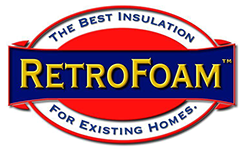Your Spring Insulation Checklist
The 2016-17 winter may have been a “soft” one for West Michigan, with temperatures and snowfall totals much milder than average. But that doesn’t mean we aren’t still excited to see temperatures warming up!
Springtime also provides an excellent opportunity to take stock of the condition of your home, including the quality of your insulation. It’s important to get this done sooner rather than later—you only get a few months before a badly insulated home that can’t ever get warm enough in winter turns into a badly insulated home that’s always too hot in summer!
Here are a few items on your checklist to review and consider:
Review your heating bills over the last several months.
Are you paying too much? Remember, if you had to keep the furnace running constantly in winter (even a very warm one), you’ll probably have to run the A/C constantly in summer, too.
The most obvious financial disadvantage of poor insulation is the hit to your monthly bills, of course. But this state of affairs also adds wear and tear to your equipment, hastening the need for costly maintenance and repairs.
Check your furnace air filter.
This is one thing many homeowners forget to do, or don’t do often enough. A dirty air filter not only decreases the quality of air inside your house, but also reduces the efficiency of your heating and cooling systems—risking your health and wasting energy and money.
Identify the signs of poor insulation.
Think back to what your house was like during the most recent few months. Did you notice any of the following telltale signs?
- Snow on your roof melted quickly, even when the temperatures remained below freezing. That’s an obvious sign that heat is leaking out of the ceiling.
- You had a lot of icicles form on roofs and overhangs. Again, this is an indication of escaping heat and the natural consequence of the previous point. As the snow and ice melt and run down the roof, the water re-freezes into ice.
- Your walls and doors felt cold to the touch—or even cold just to be near—during the coldest days of the winter.
- You could hear or feel the drafts and winds whipping through your walls and windows.
Are you due for re-roofing or a remodel? This obviously won’t apply to everyone, but if you’ve got a big-ticket home repair, renovation, or improvement project on the docket for spring, it’s a great opportunity to upgrade your insulation, too.
This is especially true for certain architectural features and structures that are more difficult or have higher requirements for good insulation, such as cathedral-style roofs or brick walls. With the singles or drywall off, we can use the highest quality foam insulation product available, which offers a truly massive improvement in insulation performance over fiberglass batting. We regularly coordinate efforts with roofing companies so that you can knock out two birds with one stone as efficiently as possible.
Even if you’re not ready to tear out your shingles or walls, you can still significantly improve your insulation this spring.
For cost-conscious, busy owners of older homes, our namesake product, RetroFoam, offers an unbeatable combination of insulation performance, installation convenience, and cost. It offers far better thermal resistance than fiberglass, with an overall performance level just shy of the highest quality foam products available for new homes and remodels. Even better, because RetroFoam is injected directly into the wall cavity, we can usually re-insulate an entire home in just one or two days, without tearing out the walls—or even moving furniture!
To learn more about your insulation options, find out how much money you could save, and get a quote for the installation, give us a call today at (269) 751-2000.

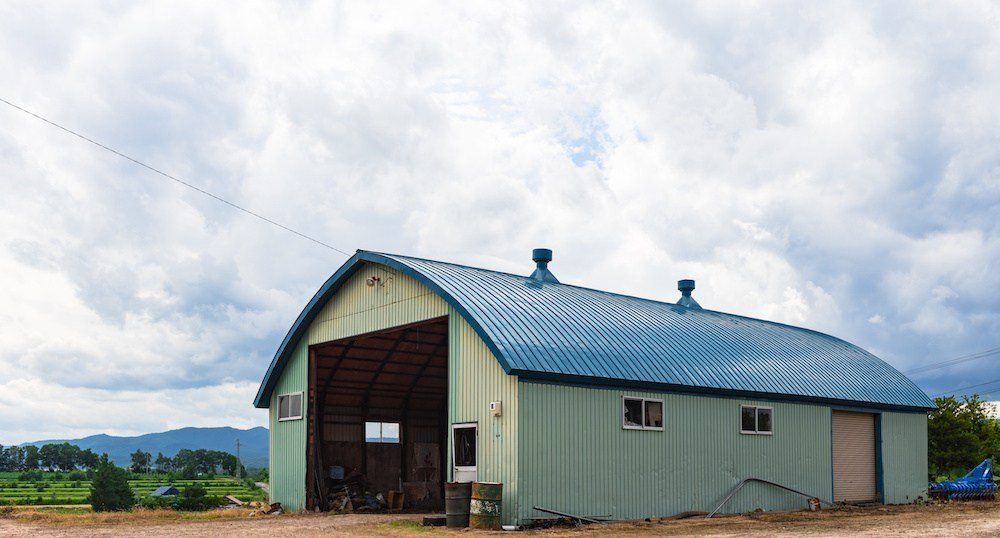
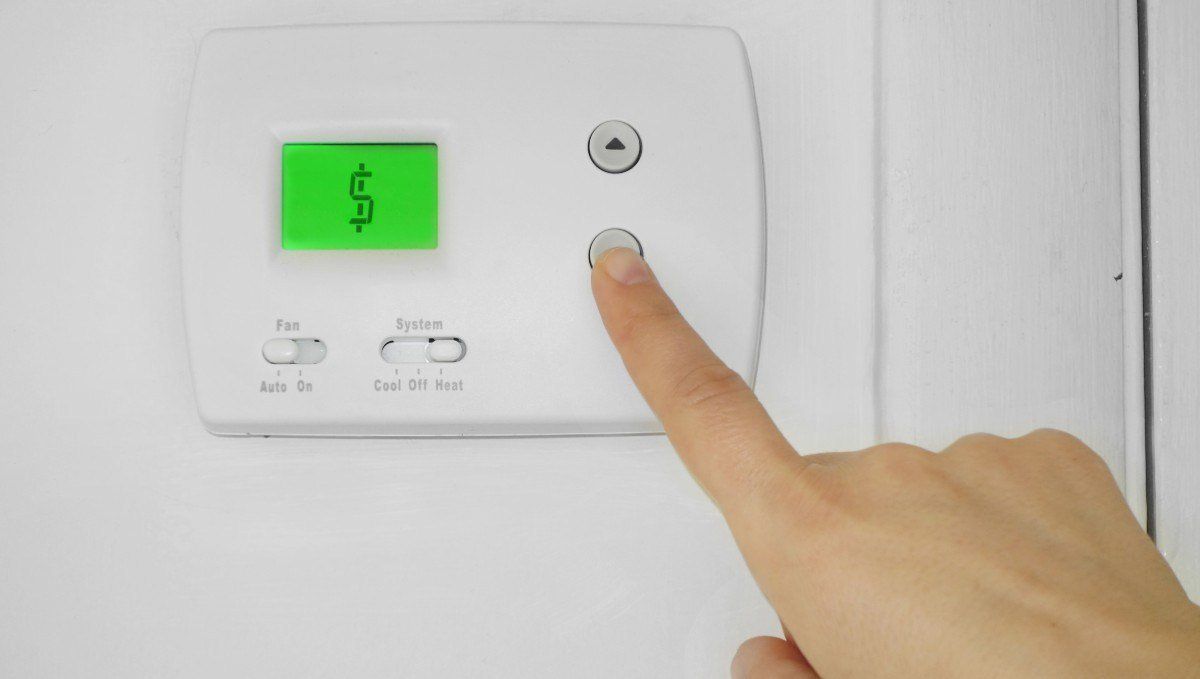




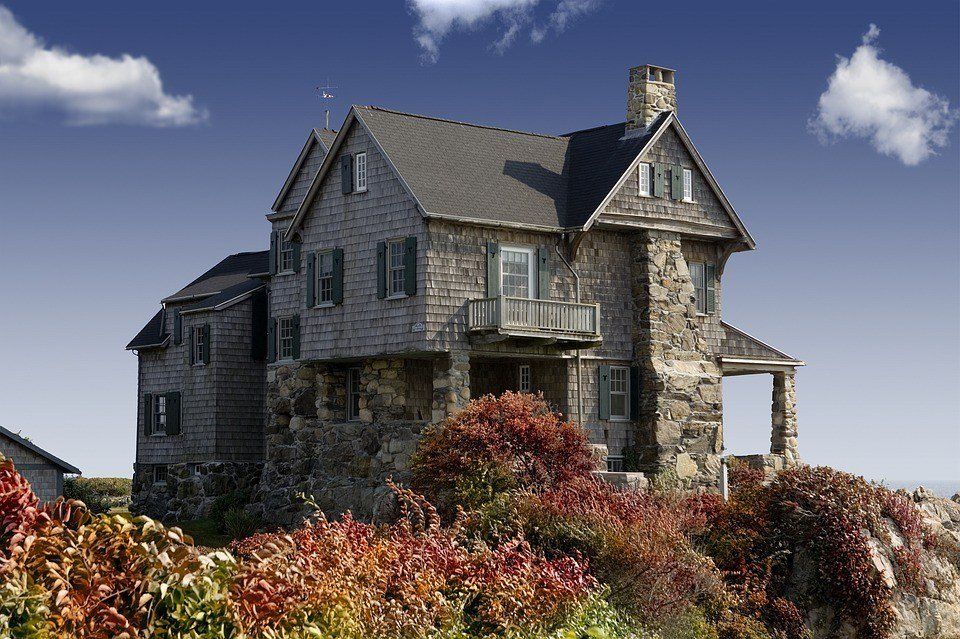
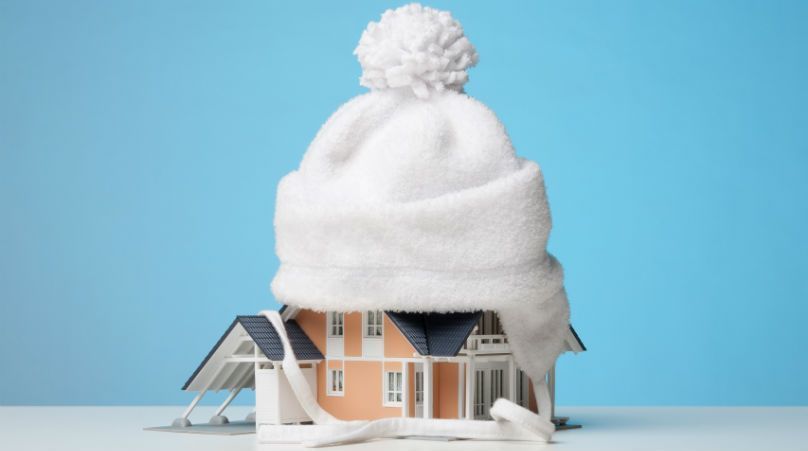

- Mon - Fri
- -
- Sat - Sun
- Closed
